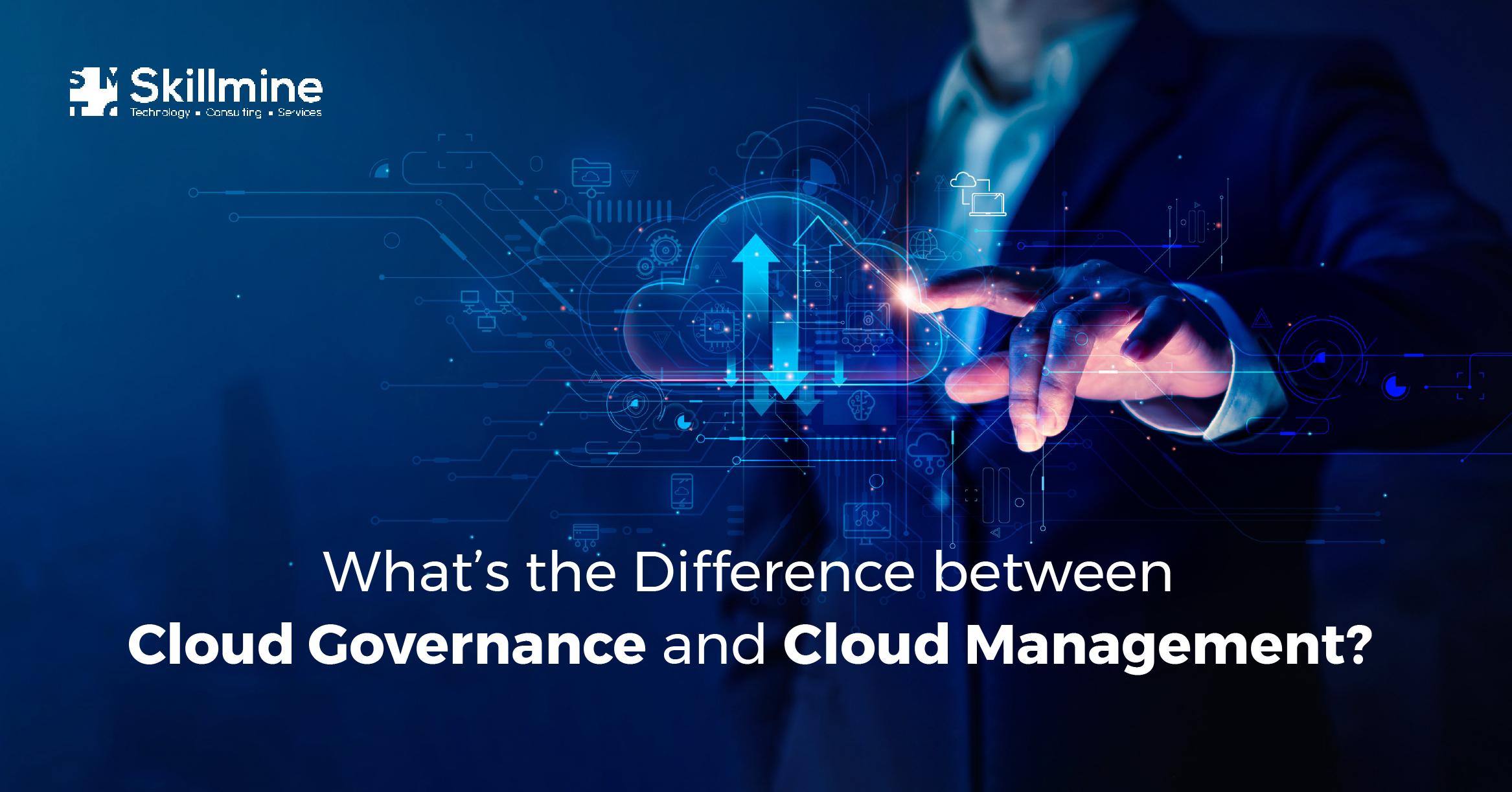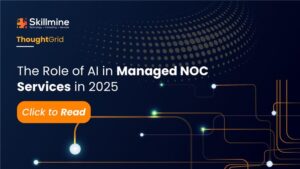A survey carried out by Flexera in 2020 found that 84% of enterprises have a multi-cloud strategy, and 58% have a hybrid cloud strategy. The same study found that 73% of enterprises have implemented a cloud governance policy, and 72% have a centralized cloud team responsible for managing cloud usage. Effective cloud governance is essential for managing the complexity of multi-cloud and hybrid cloud environments. A centralized cloud team can help ensure consistent and effective cloud governance across the organization.
Cloud governance and management are two critical aspects of cloud computing that organizations must consider when migrating to the cloud. Cloud governance refers to the policies, procedures, and guidelines governing cloud resources. In contrast, cloud management involves the operational tasks necessary to maintain and optimize cloud resources (step of cloud migration).
Now let’s look at the difference between cloud governance and cloud management.
|
|
Cloud governance |
Cloud management |
|
Focus |
Establishing rules and guidelines for cloud usage. |
Implementing rules and guidelines and optimizing cloud resources. |
|
Goals |
Ensure compliance with regulations, manage risks, and align cloud usage. |
Ensure high availability and performance, and optimize costs. |
|
Activities |
Data security, compliance, access control, resource allocation, and cost. |
Provisioning, monitoring, backup, disaster recovery, performance optimization, and cost. |
|
Importance |
Critical for ensuring compliance, managing risks, and optimizing costs. |
Critical for maintaining efficient and effective cloud operations. |
|
Examples of activities/policies |
Establishing data security policies, Access control policies, and Cost optimization policies. |
Provisioning virtual machines, monitoring cloud usage and performance, backup and disaster recovery plans, and cost optimization. |
|
Typical stakeholders |
CIO, CISO, and compliance officers. |
Cloud architects and cloud operations personnel. |
|
Examples of tools and practices |
Policy management tools, compliance frameworks, and access control tools. |
Cloud monitoring tools, backup and disaster recovery tools, cloud cost management tools. |
Conclusion
In conclusion, cloud governance and management are essential for successful cloud adoption and operation. Effective cloud governance and management require collaboration between IT teams, business stakeholders, and cloud service providers. Organizations must clearly understand their cloud objectives, assess their cloud readiness, and define their cloud strategy before adopting it. Furthermore, organizations must continuously monitor their cloud environment, optimize resource utilization, and manage their cloud costs to ensure maximum value and ROI.
Looking for expert technology consulting services? Contact us today.





